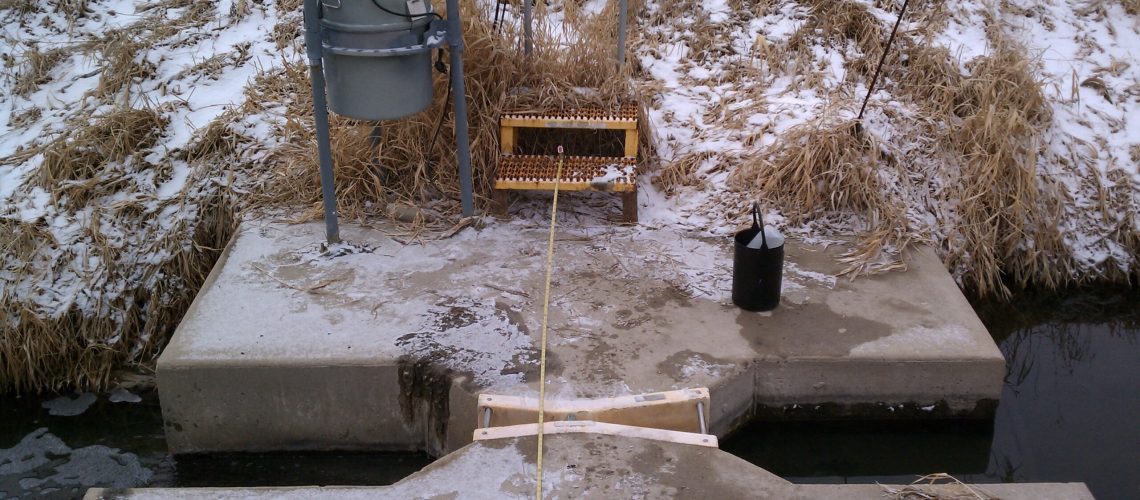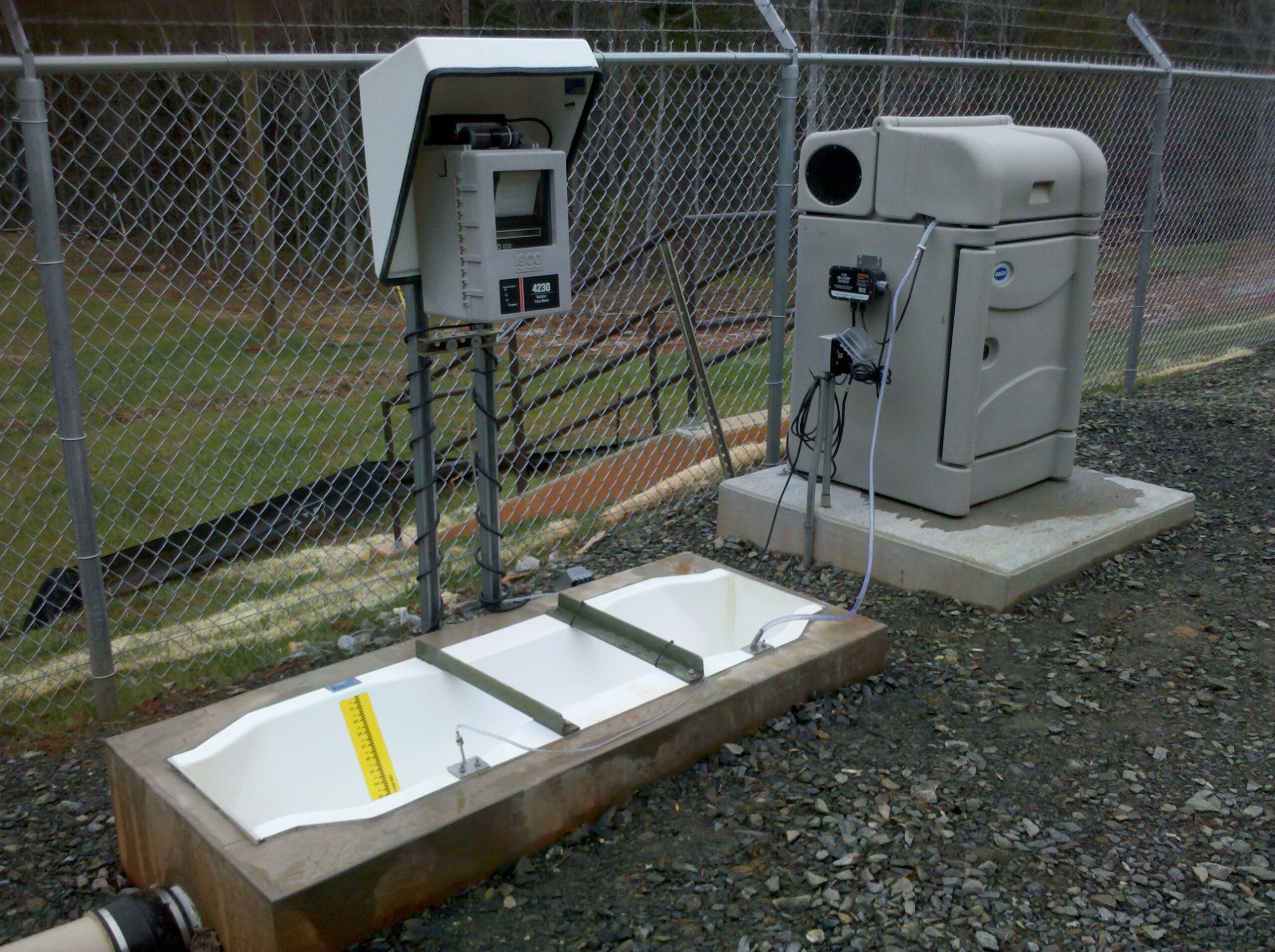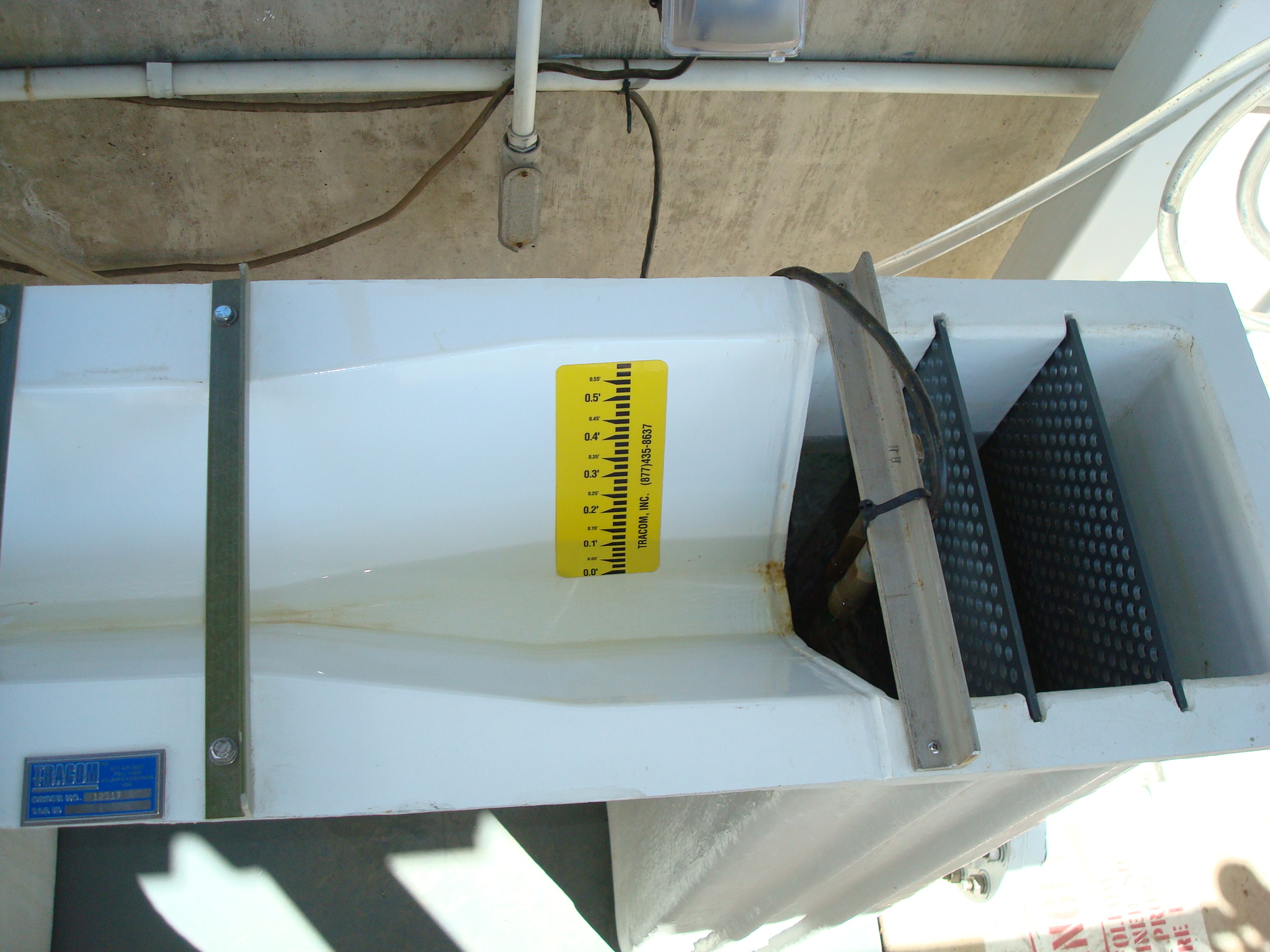Flumes are perhaps the most useful tools that exist in a water management system. No matter which type of flume you’ll choose, you’ll be getting easy flow management and highly accurate measurements, both of which can improve your operational success. However, for first-time flume users, or for those looking to add an extra layer of utility, there is often the question of whether or not their flumes should be paired with wing walls.
If you’re considering wing walls for your flumes, then it’s important that you learn about their applications and when you should install them. Read about wing walls for fiberglass flumes and discover why you should employ these important tools in your water management system.
The Purpose of Wing Walls
The purpose of a wing wall is to help direct flow into your flume. This means that they are transitional pieces and not an actual part of the flume itself. In fact, so long as it is installed correctly, a wing wall doesn’t even need to be made of the same material as your flume. However, if you use both a fiberglass flume and a fiberglass wing wall, then you will be getting a much higher level of utility and durability. Using a wing wall with your flume will give you a higher level of control over your flow, and can be particularly useful in unusually shaped channels or where the flow rate is inconsistent.Do I Need One?
Now that you know more about the reason that many water systems choose to use wing walls for fiberglass flumes, you can better decide if you should use this tool in your system. Simply put, using a wing wall is a matter of preference. If there are no obstacles to hinder the flow entering your flume, then installing a wing wall is probably unnecessary. However, if you find that flow is escaping your flume and leading to inaccurate readings, then a wing wall might be the perfect tool for directing your flow and increasing your success. Examine the needs of your system, particularly what type of flow you experience, and you should easily be able to decide if wing walls are right for you.Installing Your Wing Wall
If you’re set on combining your fiberglass flumes with wing walls, then it can be helpful to get a few installation tips to make sure your tool works the way you need it to. First, your wing wall must span the width of your flume to make sure that all of your flow is directed. Secondly, where your wing wall meets your flume, you need to make sure that it is watertight. Otherwise, your flow could escape and scouring could occur. Follow these tips and your wing walls will increase the performance of your water system.Buy Wing Walls for Fiberglass Flumes
While not necessary for every water management system, wing walls can be a good choice if you need an increased amount of control over how flow enters and exits your flumes. To install water wings for fiberglass flumes in your system, you need to work with a trusted manufacturer of water management products like Tracom, FRP. Tracom can help you find all of the tools that your system needs to run efficiently, including fiberglass flumes and wing walls. Request a quote from us today.More Resources!
Why You Should Use Trapezoidal Flumes for Ditch Runoff
November 30, 2021
Trapezoidal flumes were originally created to optimize open channel flow measurement in irrigation channels, but you’ll find that they’re incredibly effective when set up in ...
Read More →
Why You Need A Trapezoidal Flume
September 7, 2021
While not the most popular kind of flume, the trapezoidal flume has much to offer that far too many don’t even consider. You’ll find a ...
Read More →
Andrew Helbling
Andrew Helbling is the Product Specialist at Tracom, where he works with engineers, contractors, and product owners alike to assess and select the best open channel flow and general-purpose fiberglass products for their application. Andrew is passionate about clean water and helping operators and engineers provide the cleanest water possible.





